A Merlin Mk2 helicopter has landed on the deck of the first of RFA Tidespring, the first of four 39,000 tonne Tide Class tankers.
Commanding Officer, Captain Simon Herbert, said:
“Achieving the aviation sea acceptance trials is a key milestone in the generation of RFA Tidespring into Naval Service.
Successful completion of these trials will certify the parameters necessary for all Tide-class ships to operate aircraft in support of a wide range of defence activities, such as maritime security, task group operations and humanitarian and disaster-relief operations.”
Tidespring, which earlier this week made her debut visit to Gibraltar, is currently undergoing trials ahead of her acceptance into the fleet in November
According to a press release:
“Tidespring, which will be followed by sister vessels Tiderace, Tidesurge and Tideforce, will now progress to first-of-class flying trials as well as replenishment training ahead of her Service of Dedication in Portsmouth.
The tankers, capable of carrying up to 19,000 cubic metres of fuel and 1,400 cubic metres of fresh water, will provide key support to HMS Queen Elizabeth and her sister Prince of Wales.”


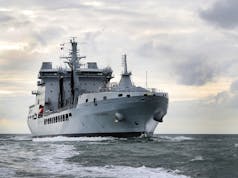
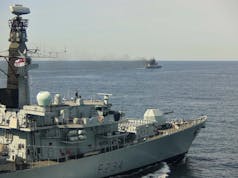
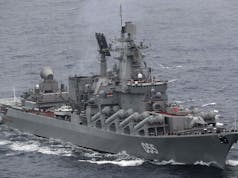
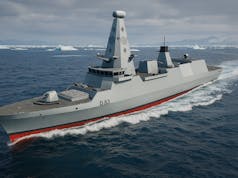

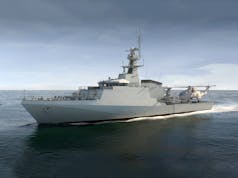

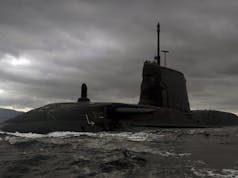
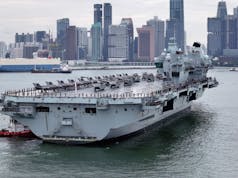
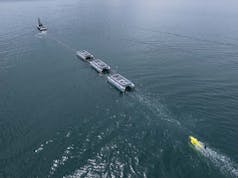

Tide class one of the few success stories of UK defence procurement in the past 30 years.
I hope the UK MOD has learnt some valuable lessons that will bode well for the future.
couldn’t agree more mike – Great Design, good utility and commonality of parts and great price.
Aegir should be the base hull for all our large RFA and Amphibious vessels going forward, hopefully built in the UK, but the South Koreans have done a very good job indeed.
In other words, balance home built and costing a fortune, late, and over budget, but supporting UK Defence Industry, which seems to be what the defence budget is for, with buying more off the shelf or direct from oversees for a decent price.
Only 18 months late from the Korean shipbuilders.
I thought the issue was with post build not the Koreans?
I thought it was because some of the internal electrical wiring hadn’t been done to the specifications and needed to be re-done which, if I’m correct and if the specs from the UK were clear and unambiguous at the outset, would definitely seem to be a build problem
The specifications changed. The ships were build to spec. New regulations were added half way through the build.
The defence equipment budget should be about providing service personnel with the best possible equipment in the right quantity and at the right quality. So when they to do the dirty business of actually neutralising the opposition it can be done in the efficient manner, thereby saving the lives of our personnel.
It should not be about supporting industry then finding quantity and quality targets cannot be achieved.
Regards the delay in the delivery of tidespring I understand that was due to changes in the design due new regulation introduced.
If the delay was down to design changes after the contract was signed, even if they were due to changes in regulations, did the MoD had to stump up extra money to fund the reworks? If that wasn’t the case then it seems to me that the South Koreans didn’t negotiate a good contract because it only seems fair that the customer should pay if the design gets changed in mid build whatever the reason.
Including building warships abroad?
I completely agree we need to rethink the relationship between What we want our defence budget to do and who we pay for these. There seems to be a number of choices in this:
1)We have an agreed defence budget with the MOD based on exactly what we want from our military, with the MOD having no requirement to support sovereign capability in industry. With this you would need some form of strategy to support and protect sovereign capability, maybe given over to the DTI. Make it the DTIs responcibily to support the defence industry. Not sure if this would work mind.
2) Defence procurement costs to be offset against other national gains. So if the Mod could get a contract cheaper but goes for the more expensive option to balance other national gains the MOD gets a settlement from the treasury to reflect this. with the same idea that you agree what you want and actually pay the budget that supports this.
Unfortunately a lot of government agency’s suffer from how we as a nation pay them to do a job. we dont tell them what product we want from them and pay the true cost, instead we tell them what we want and then pay them what we as a nation of taxpayers and votes think is appropriate (as in not what it actually costs to do what is required). It would work if we told them what money we had and then accepted the product the purchased or accepted the cost of the product we wanted. But we are still convinced we can tell the Military, NHS etc exactly what we what, make up a random (ridiculously cheap) figure and expect to both get what we want and pay that amount………try telling tesco how much you will pay for a tin of beans.
Regards the contract for the tankers, there only two bids. The winning BMT bid which built the ships in South Korea and another from Fincantieri.
The latter proposed building the ships in Italian yards with the possibility one might built in the UK and the cost was over £1bn.
No UK shipbuilders bid for the contract
Looking good. So assuming no stoppers with the F-35B QE trials the only thing preventing us assembling a credible CVF task force come 2020 would be Type 45 propulsion reliability. Anyone know when this will be fixed for the first couple of ships?
why wasnt these ships built in the UK?
Read above!